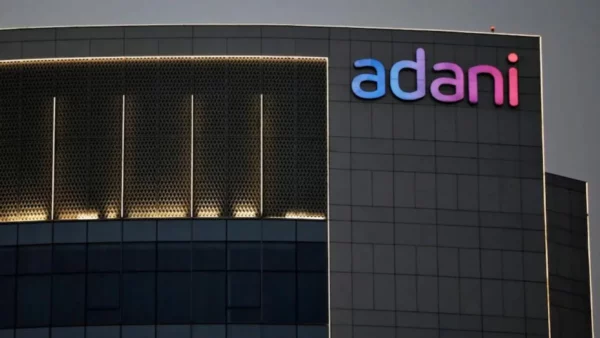Adani may join the telecom spectrum race and compete with Reliance Jio, Airtel, Vi
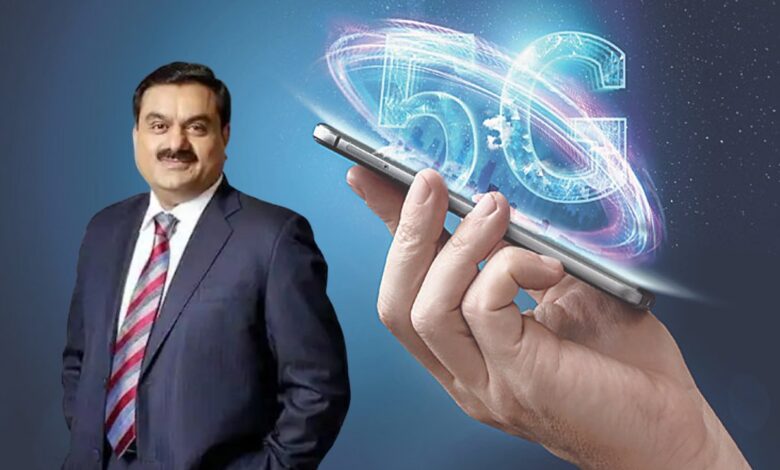
Adani may join the telecom spectrum race and compete with Reliance Jio, Airtel, Vi
India is on the verge of entering the 5G network.
In the ever-expanding metaverse, the federal government has approved a plan to put high-speed 5G telecom spectrum up for sale for 20 years by the end of July. The Union Cabinet has approved the auction of the 72 GHz spectrum, which signals the official start of the nation’s next-generation network connectivity.
Spectrum in several Low (600 MHz, 700 MHz, 800 MHz, 900 MHz, 1800 MHz, 2100 MHz, 2300 MHz), Mid (3300 MHz), and High (26 GHz) frequency bands will be up for auction. Up to the end of July, the auction will begin.
A rating agency estimates that the telecom sector will spend between Rs 1-1.1 lakh crore on the 5G auction.
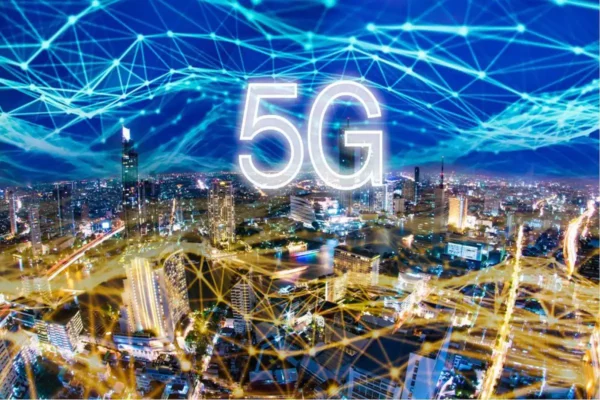
What does the 5G spectrum mean?
The most recent version of mobile technology, known as 5G or fifth-generation wireless, is designed to improve wireless networks’ speed and responsiveness substantially. News reports claim that 5G will provide larger bandwidths by increasing the use of spectrum resources. 5G can operate in lower bands (e.g., sub-6 GHz), delivering extreme capacity, multi-Gbps speed, and low latency. 4G operates in the sub-3 GHz to 100 GHz and beyond range.
The first launch of 5G
South Korea adopted a 5G network as the first nation in the world in 2019. Except for South Korea, countries employing 5G technology include China, the US, the UK, the Philippines, Canada, Spain, Italy, Germany, and Saudi Arabia.
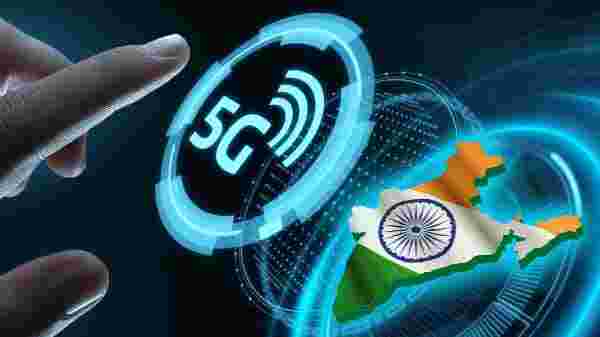
5G rollout in India
The first wave of 5G in India will be available in 13 cities. According to the Department of Telecommunications (DoT), these 13 cities include Ahmedabad, Bengaluru, Chandigarh, Chennai, Delhi, Gandhinagar, Gurugram, Hyderabad, Jamnagar, Kolkata, Lucknow, Mumbai, and Pune.
5G test bed
The DoT has tied up with 8 agencies for the Indigenous 5G Testbed project. These agencies are IIT Bombay, IIT Delhi, IIT Hyderabad, IIT Madras, IIT Kanpur, Indian Institute of Science (IISC) Bangalore, Society for Applied Microwave Electronics Engineering & Research (SAMEER), and the Centre of Excellence in Wireless Technology (CEWiT). The project began in 2018.
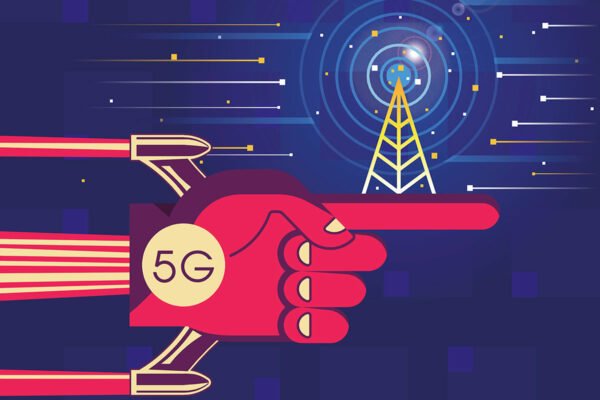
5G benefits
1. High speed
Compared to 4G and 4G LTE, 5G operates more quickly on mobile phones and other devices. Instead of taking minutes, it lets customers download movies, videos, and music in seconds. Organisations can use the network’s 20 Gbps speed for services like automation, enhanced web conferencing, etc. According to a recent poll, customers who used 5G downloaded content in less than 23 hours daily.
2. Low latency
Compared to 4G, 5G offers lower latency, effectively enabling emerging applications like AI, IoT, and virtual reality. Additionally, it makes it simple for mobile phone users to browse the web and open websites. Another benefit is that it provides means to access the internet whenever you need to find some crucial information.
3. Increased capacity
Up to 100 times more capacity than 4G is possible with 5G. It enables businesses to transition between cellular and Wi-Fi wireless solutions, greatly enhancing performance. In addition, it offers highly effective ways to access the internet.
4. More bandwidth
One of the key benefits of 5G is that it improves bandwidth, which will aid in quick data transfer. Additionally, by selecting a 5G network, mobile phone customers can get a faster connection with greater bandwidth.
5. Powering innovation
Connecting with a wide variety of devices, such as drones and sensors, requires using 5G technology. It offers strategies for accelerating IoT adoption, enabling businesses to increase productivity and do other things.
6. Less tower congestion
Congestion on 4G wireless networks makes it challenging to access crucial data and causes other issues. However, customers can avoid them because 5G networks have higher speed and more bandwidth.
Drawbacks of 5g
1. Limited global coverage
The biggest drawback of 5G is that it only has local availability and has patchy worldwide coverage. Only urban areas will see significant benefits from the 5G network, and rural areas may not experience coverage for several years. Furthermore, the costs associated with installing tower stations are substantial compared to other networks.
2. Decreased broadcast distance
Although 5G operates quickly at high speeds, it won’t have the same range as 4G. Additionally, tall structures and trees may block the frequency of the 5G network, which will cause several issues. Because of this, providing coverage with additional towers takes longer and costs more money. Rain can also interfere with 5G coverage, which requires extra protection.
3. Upload speeds
Users of mobile phones may guarantee fast download rates thanks to 5G technologies. In contrast, compared to 4G, the upload rates are not greater than 100 Mbps. Better battery technology is also required for mobile phones when using a 5G connection. Many smartphone users claim that when using 5G, their gadgets get hotter.
4. Weakened device batteries
A 5G connection on the phone will cause a significant power drain, greatly reducing battery life. Therefore, producers must invest in innovative battery technologies to safeguard the battery from harm and other issues.
5. Cybersecurity
One of the issues with 5G is cybersecurity since hacking will happen. The increase in bandwidth makes it simple for thieves to grab the database. Additionally, the software it employs makes it subject to attacks. Attacks are quite likely when 5G connects to more devices. As a result, organisations and corporations should invest in a security operations centre to safeguard their infrastructure.
6. Lack of encryption early in the connection process
Due to the lack of encryption in 5G, hackers could plan their assaults more effectively, which will significantly harm businesses. The network needs security procedures to stop cyber assaults, and more bandwidth will strain the security monitoring that is now in place. Consumer education is essential for effectively strengthening security. However, efforts are being made to enhance security concurrently with the initial rollout of 5G. The issues can be solved best by keeping all IoT devices updated with security fixes. In addition, 5G users should take a few more precautions to reduce unwelcome issues.
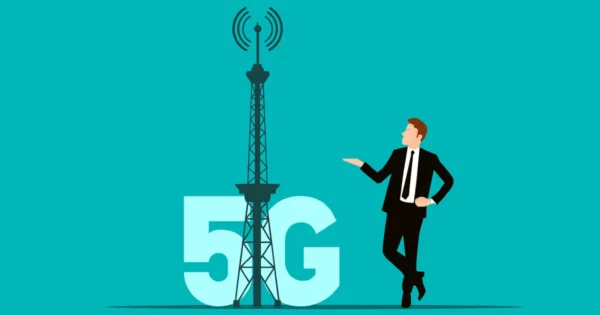
Domestic touch
The Center wants to create 5G technologies here at home. It has promoted industry activity through production-linked incentives (PLIs) for the production of mobile phones, telecom equipment, and semiconductors, which is anticipated to assist in the rollout of 5G.
In May, Prime Minister Narendra Modi launched India’s 5G test bed, allowing the industry to test the products locally at the cost of Rs 200 crore to decrease foreign facilities.
Significant telecom providers, including Bharti Airtel, Vodafone Idea, and Reliance Jio, have already undertaken 5G testing in India, while many smartphone manufacturers have been offering 5G-compatible models for more than a year.
The advent of 6G
Modi also stated that a team had begun work on bringing 6G services to India before the end of this decade.
A new wave of innovations in “Industry 4.0” applications, including machine-to-machine communications, the Internet of Things (IoT), and Artificial Intelligence (AI), are being pushed by the government, which on Wednesday also decided to permit the development and establishment of Private Captive Networks.
The majority of mobile users in India currently use 4G network connections. The 5G network will be ten times faster than the current 4G network, according to information from the government.
In 2012, Bharti Airtel was the first operator to introduce a 4G network. Later, the 4G network was launched by other telecom companies. 4G superseded 3G. Compared to 3G, which delivered a speed of 14 Mbps, 4G was substantially faster. The speed in 4G can reach 100mbps.
Adani group may join the telecom race
One of the four businesses that reportedly expressed interest in the government’s planned telecom spectrum auction on Friday is thought to be the Adani group. The move would increase the conglomerate’s position in a market where well-established companies like Reliance Jio, a division of the Mukesh Ambani-led Reliance group, Bharti Airtel, owned by Sunil Mittal, and Vodafone Idea Ltd. dominate.
The highly sought-after 5G spectrum required for high-speed internet connectivity will be up for auction soon from the telecom department.
Four different sources informed Business Standard that the Adani Group was considering entering the telecom industry. A spokeswoman for the group did not answer an inquiry for comment.
The four participants would initially have to submit ownership information by July 12 and then a certificate of bidder-ownership compliance. The pre-qualification of bidders will follow that. Companies can withdraw their auction applications by July 19; the following day, bidders will be revealed. On July 27, the auction is anticipated to start.
Experts have differing opinions regarding the potential approach of the Gautam Adani-led Adani group. Some claim that it is spending a lot of money on data centres to grow into an enterprise company. It has partnered with the worldwide business EdgeConnex to create and run sizable data centres in Chennai, Navi Mumbai, Noida, Vizag, and Hyderabad.
Adani’s enterprise data business would face competition from domestic telecom providers and global internet behemoths like Google and Amazon. It would be a wise decision to purchase a little bit of millimetre band spectrum—which provides great speed and is reasonably priced—and support it with a modest amount of 3.5 GHz band spectrum.
According to other experts, the Adani group may have plans to launch 5G services and compete with well-established businesses before potentially acquiring or partnering with an existing operator.
According to anonymous sources cited by news outlet PTI, Adani was the fourth applicant in the telecom auction and had been granted licences for both National Long Distance (NLD) and International Long Distance (ILD).
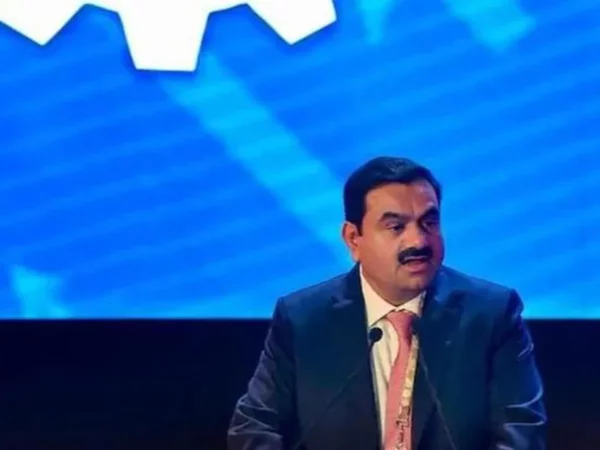
Adani Group to bid for the 5G spectrum; may be the first step toward a private captive network
Unexpectedly, the Adani Group is believed to have submitted an application to take part in the upcoming 5G spectrum auction. Companies had until Friday to submit their applications to take part in the auctions, which start on July 26. Reliance Jio, Bharti Airtel, and Vodafone Idea, the nation’s three telecom providers, have all submitted applications. Still, according to sources in the government and the industry, Adani Group is also one among them.
Depending on the licences businesses choose, the spectrum can be utilised for various services. Adani Group may use the airwaves to create a private captive network for corporate data usage as a first stage, which the government has approved. Until now, the government has given companies like Adani permission to establish their own data networks by either leasing spectrum from the telecom providers or awarding them a turnkey contract. While the government has, in theory, approved the direct allotment of spectrum to businesses, it has stated that it will first evaluate demand before asking the Telecom Regulatory Authority of India (Trai) to develop regulations in this area.
However, according to sources, no rule now prevents any company from purchasing spectrum in auctions and using it for a private captive network. The type of licence a company obtains to use the spectrum is entirely up to the company in question. Adani Group may purchase spectrum in auctions, obtain the necessary licences for private captive networks, and construct the same if it so chooses. It may potentially obtain a unified licence (UL) and begin offering customers voice and data services in addition to other types of telecom services. Alternately, it can start a UL and build private networks for other businesses.
For a pan-India UL, companies have to pay Rs 15 crore.
A gradual transition into full-fledged telecom services has been done before. A business known as Infotel Broadband purchased 2,300 Mhz of broadband spectrum in 2010.
Voice telephony was not permitted under the company’s internet service provider’s licence.
Later, Reliance Industries bought the business, and after acquiring spectrum in other bands and obtaining a universal licence, the company began offering 4G services in September 2016.
According to telecom analysts, Adani Group can create its captive network if it purchases spectrum through auctions and obtains a private network licence. Even if it chooses not to enter the telecom services industry after acquiring a UL, it can start a company creating private networks for other businesses. At some point, it may possibly branch out into all types of telecom services, depending on the market and the prospects. No one from the Adani Group could be reached for comment.
Edited by Prakriti Arora

